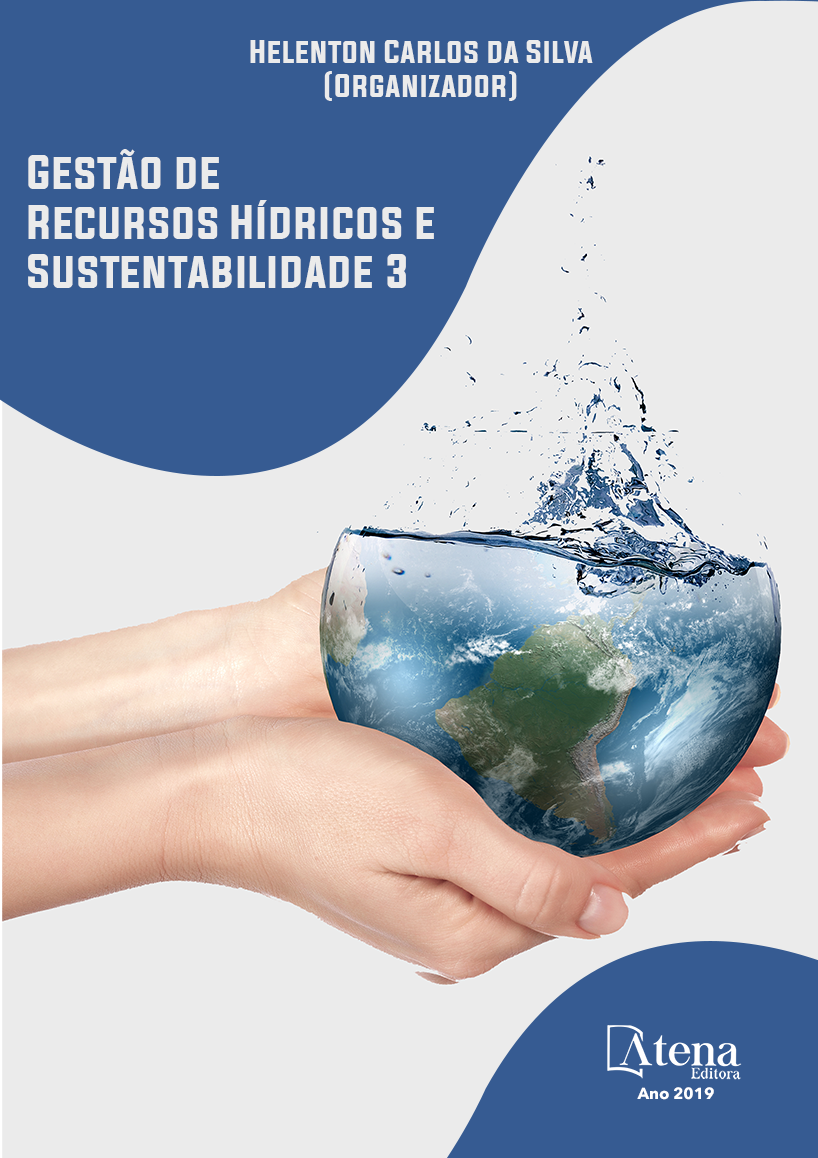
CONTRIBUIÇÃO DA GEOFÍSICA PARA A HIDROGEOLOGIA DA APA GUARIROBA, MUNICÍPIO DE CAMPO GRANDE-MS.
A bacia hidrográfica do córrego
Guariroba, com 360 km², é o manancial
responsável por cerca de 40% do suprimento
de água para Campo Grande/MS. O Sistema
Aquífero Bauru (SAB) ocorre em mais de 90%
da área e o modelo hidrogeológico conceitual
deste Aquífero aponta para a contribuição
do manancial subterrâneo na manutenção
do nível de base da drenagem. Na ocupação
da bacia destaca-se a atividade pecuária,
com incremento na silvicultura de eucalipto. A
importância do SAB para o suprimento de água
dos usuários, bem como na manutenção da
vazão do córrego Guariroba, justifica um maior
detalhamento hidrogeológico. Dos 15 poços
tubulares monitorados, apenas um possui
dados cadastrais completos. Assim, por meio
de parceria com o LEBAC/UNESP-Rio Claro, foi
feito um levantamento de eletrorresistividade,
objetivando definir a espessura do SAB e a
profundidade do nível estático. Executou-se 6
Imageamentos Elétricos 2D (IE2D), utilizandose 84 eletrodos com espaçamento de 10 m e
um comprimento total de cabos de 880 m, além
de 8 Sondagens Elétricas Verticais (SEV), nas
quais os espaçamentos adotados pelo arranjo
Schlumberger permitiram investigar até uma
profundidade de 300 m, abrangendo toda a
área da bacia hidrográfica e respeitando os
limites operacionais da técnica. A partir dos
resultados das IE2Ds e das SEVs, foi possível
interpretar, preliminarmente, que a espessura
da camada sedimentar (Grupo Caiuá) variou,
nos pontos investigados, de 64,5 m a 180 m e o
nível d’água apresentou valores de 5 m a 62 m
de profundidade.
CONTRIBUIÇÃO DA GEOFÍSICA PARA A HIDROGEOLOGIA DA APA GUARIROBA, MUNICÍPIO DE CAMPO GRANDE-MS.
-
DOI: 10.22533/at.ed.67619270911
-
Palavras-chave: Eletrorresistividade; Sistema Aquífero Bauru; Bacia hidrográfica.
-
Keywords: Electrical Resistivity, Bauru Aquifer System, Wathershed.
-
Abstract:
The Guariroba watershed, with 360 km², is the water supply source of
about 40% of the Campo Grande/MS. The Bauru Aquifer System (SAB) occurs in more
than 90% of the area and the conceptual hydrogeological model of this aquifer points
to the groundwater contribution in the maintenance of the base flow of the drainage. In
the occupation of the basin stands out the livestock activity, with increase in eucalyptus
forestry. The SAB importance to the users' water supply, as well as in the maintenance
of the Guariroba stream's flow, justifies a greater hydrogeological detail. Of the 15
tubular wells monitored, only one has complete cadastral data. Thus, through a
partnership with LEBAC/UNESP-Rio Claro, an electrical resistivity survey was carried
out, aiming to define the SAB thickness and the depth of the piezometric level. Were
executed 6 2D Electrical Imaging (EI2D), using 84 electrodes with spacing of 10m and
a total cable length of 880m, besides 8 Vertical Electrical Surveys (VES), in which the
spacings adopted by the Schlumberger arrangement allowed to investigate to a depth
of 300 m, covering the entire watershed area and respecting the technique operational
limits. From the EI2Ds and the VESs results, it was possible to interpret, preliminarily,
that the sedimentary rock (Caiuá Group) thickness varied from 64.5m to 180m and the
piezometric level presented values from 5m to 62m of deep, in the investigated points.
-
Número de páginas: 15
- Guilherme Henrique Cavazzana
- Andresa Oliva
- Sandra Garcia Gabas
- Chang Hung Kiang
- Giancarlo Lastoria


